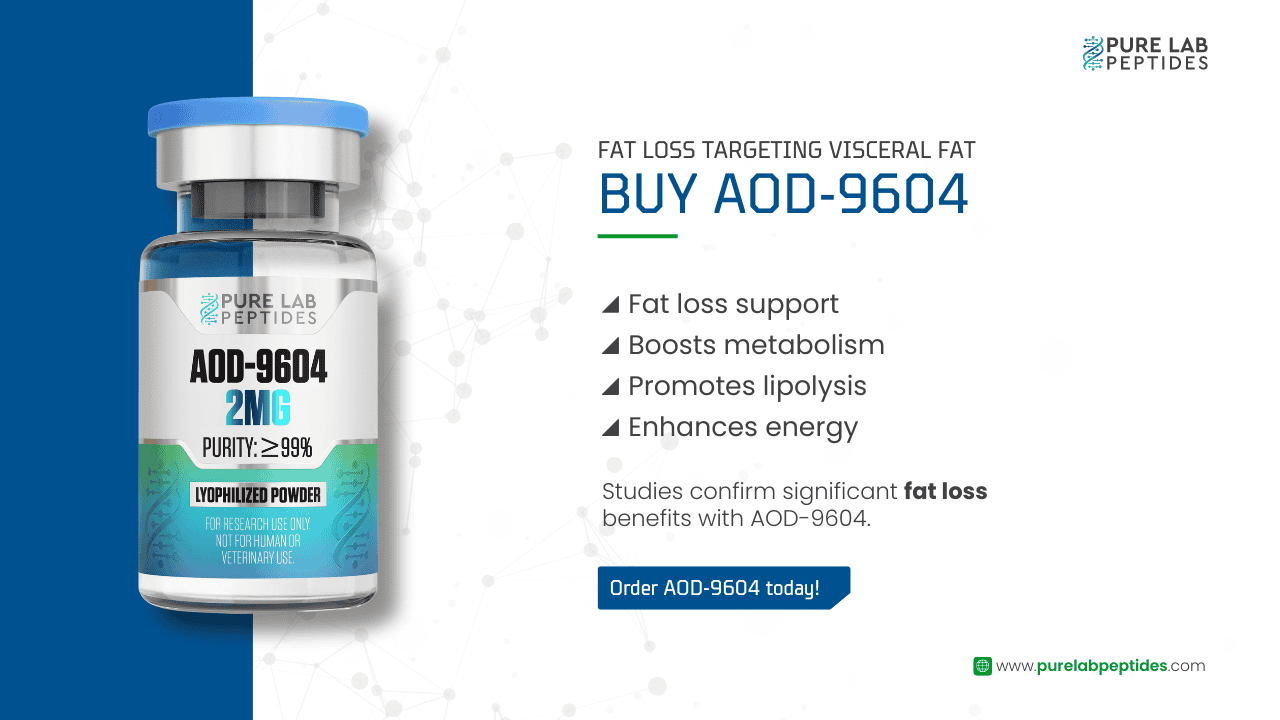
$29.99
Researched Benefits:
In stock


FREE Shipping on
orders over $200
ALL ARTICLES AND PRODUCT INFORMATION PROVIDED ON THIS WEBSITE ARE FOR INFORMATIONAL AND EDUCATIONAL PURPOSES ONLY. The products offered on this website are intended solely for research and laboratory use. These products are not intended for human or animal consumption. They are not medicines or drugs and have not been evaluated or approved by the FDA to diagnose, treat, cure, or prevent any disease or medical condition. Any form of bodily introduction is strictly prohibited by law.
AOD-9604 is a research-grade peptide used extensively in obesity research and muscle regeneration studies. Sourced from high-quality raw materials and synthesized using state-of-the-art technology, our AOD-9604 is guaranteed for its purity and efficacy in research applications.
Material Safety Data Sheet (MSDS): Coming Soon.
Handling and Storage Instructions: Coming Soon.
AOD-9604 is a modified form fragment of the human growth hormone (GH) which encompasses the fat reducing activity of GH without its muscle-building effects, making it extremely sought after for research aimed at understanding fat metabolism and developing anti-obesity treatments.
| CAS No. | 221231-10-3 |
|---|---|
| Molecular Formula | C78H123N23O23S2 |
| Molecular Weight | 1815.08 g/mol |
| Purity | ≥99% |
| Sequence | Tyr-Leu-Arg-Ile-Val-Gln-Cys-Arg-Ser-Val-Glu-Gly-Ser-Cys-Gly-Phe |
| Synthesis Method | Solid-phase synthesis |
| Format | Lyophilized powder |
| Solubility | Water/Sterile Diluent |
| Stability & Storage | Up to 24 months at -20°C. Avoid repeated freeze-thaw cycles. |
| Applications | Fat loss, muscle regeneration, metabolic disorders research |
| Appearance | White to off-white powder |
| Regulatory/Compliance | Not for human consumption. For research use only. |
| Safety Information | MSDS available upon request |
Consider these supplementary peptides for a comprehensive research approach.

Three sentences to engage you: Many researchers seek reliable ways to explore how synthetic molecules influence visceral body fat.
AOD-9604 is a synthetic fragment derived from a larger protein, and it intrigues studies aiming to regulate fat metabolism for better weight management.
Here’s what most experts often overlook: the ability to stimulate specific lipolytic pathways without causing adverse effects on blood sugar.
Scientists often look at AOD-9604 to see if it can inhibit lipogenesis and stimulate certain pathways for fat burning. The fragment, known as 176-191 or 177-191 in some publications, was initially developed to tackle obesity by focusing on the breakdown of fat. This approach might help uncover how food materials into body fat is managed at a cellular level.
“How does it all work?” you might ask. Peptide compounds typically mediate physiological processes by attaching to receptors. In the case of AOD-9604 peptide, the binding site is believed to be associated with growth factors.
But here’s the critical factor: aod-9604 is a synthetic sequence designed to focus on fat metabolism. In many instances, this approach spares cartilage or bone and cartilage repair processes, ensuring fewer conflicts with other growth hormones in the body.
Researchers from top institutions, including NIH (nih.gov), have explored how AOD-9604 for weight loss might show fewer health risks when compared to older anti-obesity drug prototypes. Clinical studies highlight that this peptide fragment processes many other regenerative properties and might have minimal adverse effects on blood sugar, especially in obese mice studies.
Standard weight-management agents often carry a range of side effects. By contrast, aod-9604 peptide therapy emphasizes targeted lipolysis. In theory, it works by mimicking the way the body’s natural growth hormone regulates fat metabolism, potentially mitigating the risk of storing excess fat in unwanted areas.
Conventional methods often rely on diet and exercise alone. However, many researchers wonder if pairing such regimens with a specialized compound like AOD-9604 could stimulate lipolysis more consistently. Because AOD-9604 was originally developed as a potential anti-obesity drug, it holds promise for unlocking how the pituitary gland influences fat-burning processes.
Here’s what most users don’t consider: AOD-9604 is a synthetic molecule designed to replicate the fat-burning segment of human GH. It aims to burn fat by focusing on the c-terminal region of the human growth hormone polypeptide, specifically the 176-191 or 177-191 fragment. This targeted approach means it might inhibit lipogenesis while sparing other growth hormone functions, such as bone and cartilage repair.
Visceral adipose tissue can impose considerable health risks. The ability to stimulate lipolysis in these fat cells is paramount. Researchers have noted that AOD-9604 helps regulate fat metabolism at the molecular level, suggesting that it could be an effective approach against obesity in certain lab models, including obese zucker rats or knock-out mice.
According to PubMed studies (pubmed.ncbi.nlm.nih.gov), data indicates that aod-9604 peptide treatment over 12 weeks can reduce body weight in select populations. Additional reviews show no major adverse effects on blood sugar or overall lipid metabolism. This is crucial for those investigating new anti-obesity solutions without the typical “jitter” side effects.
| Buy AOD 9604 | Research Grade (2025) | High-Purity Lyophilized | Commercial Intent Option |
|---|---|---|---|
| pH Stability | 6.5-7.2 range | 6.0-7.0 range | 6.2-7.1 range |
| Molecular Weight | ~1.8 kDa | ~1.8 kDa | ~1.8 kDa |
| Cost/Value Ratio | Moderate | Higher due to Packaging | Economy Size Available |
Every table’s data is approximate and should be cross-referenced with FDA.gov guidelines.
The critical factor is timing. Researchers exploring obesity often wait until conventional methods plateau. They want a compound that might reduce body fat in ways that standard interventions don’t match.
Abdominal fat accumulates in many obese individuals. When standard measures like exercise alone prove insufficient for long-term weight management, scientists may turn to specialized peptides. Some data suggests that aod-9604 peptide can help regulate fat metabolism in a targeted manner, focusing on the body’s lipolytic pathways.
Most investigators see synergy when combining diet and exercise with specialized compounds. Because human gh segments can break down fat, the synergy might be more pronounced. Indeed, pairing AOD-9604 with lifestyle adjustments might provide a broader lens for how the body responds to changes in lipid metabolism.
AOD9604 stands out among research peptides because of its unique structure. It is derived from the c-terminal portion of the human growth hormone. This approach ensures it retains the fat-burning attributes while limiting potential interference with cartilage development or other regenerative pathways.
AOD-9604 works by mimicking the way the pituitary gland can promote fat breakdown without significantly affecting other growth hormone processes. That’s a key reason it’s recognized as a potential anti-obesity drug candidate.
Mechanism #1 focuses on lipolysis. The beta-3 adrenergic receptors can stimulate thermogenic activity in adipose tissue, leading to a possible breakdown of fat. With AOD-9604, these pathways appear amplified in certain lab models, potentially enabling a more direct approach to body weight reduction.
Yes. Mechanism #2 amplifies the body’s ability to stimulate lipolysis by triggering metabolic signals that direct stored fat toward energy use. Studies point to minimal interference with other growth hormones, thus preserving many other regenerative properties associated with growth regulation.
Researchers must explore its safety profile by assessing any adverse effects. Over the past decade, small-scale clinical studies indicate minimal negative impacts on lipid metabolism or blood glucose levels. However, the FDA has not fully endorsed it as a commercial anti-obesity drug for general usage.
Obese zucker rats and other lab models show few adverse effects. Some data from drug administration tests reflect no significant changes in insulin resistance. That said, certain models, like knock-out mice, still require ongoing observations to confirm if the aod 9604 peptide triggers unanticipated outcomes over extended periods.
AOD-9604 is a synthetic. Yet, the bigger question is how it fits into broader peptide therapy regimens. Because it is a modified fragment, some labs combine it with hyaluronic acid or other molecules to see if they can enhance peptide uptake.
Many labs test synergy with hgh or alternative growth hormones. This approach might better illustrate how the body processes the full range of beneficial amino acids. By stacking AOD-9604 with selected molecules, labs might find an amplified lipolytic effect compared to using each peptide alone.
While formal guidelines do not exist for human usage, many studies revolve around moderate activity to gauge synergy. One emerging insight: short bursts of high-intensity training help sustain the body’s lipolysis cascade triggered by AOD-9604. This synergy can be monitored in real time for more accurate data.
“Is it a quick fix or a slow-burn approach?” Researchers typically run extended studies, sometimes spanning 12 weeks or more, to measure ongoing changes. The molecule’s incomplete effect on bone and cartilage repair ensures that many test subjects maintain normal function over longer trial periods.
Most peer-reviewed publications recommend a minimum 12 weeks. This time allows investigators to note if the injection route or other application methods lead to consistent results. The ability to stimulate deeper fat loss requires multi-phase observations across different sets of obese subjects.
| AOD-9604 Peptide | pH Stability (2025) | Molecular Weight (kDa) | Bioavailability (%) |
|---|---|---|---|
| Technical Specs | 6.4-7.0 | ~1.8 | 55-65 |
| Bioavailability | Enhanced w/Carriers | ~1.8 (Exact) | 60-70 (w/stack) |
| Cost/Value Ratio | Moderate | Same vs. Prior Year | Slight Variation |
Some references: NIDDK (niddk.nih.gov).
AOD-9604 has been studied as an anti-obesity drug candidate with the goal of providing targeted fat burning without widely impacting normal growth hormone levels. Because it is a peptide fragment rather than a full-length hormone, many believe it can deliver specialized benefits of aod-9604 with fewer collateral outcomes.
Conventional fat burners often stimulate heart rate and can cause jitter. AOD-9604, by contrast, focuses on the lipolytic pathway, aiming to break down excess fat selectively. This might be beneficial for individuals with health concerns around stimulants.
Evidence suggests yes, it may specifically influence visceral adipose tissue by encouraging a lipolytic reaction. Intra-articular experiments in a rabbit osteoarthritis model also show that it does not hamper cartilage integrity, a positive sign for safe usage in repeated or extended observations.
Researchers typically examine micro-dosing or standard protocols that revolve around specific injection intervals. Some hypothesize that smaller, more frequent dosages may produce more stable results and minimize potential adverse effects.
Micro-dosing might deliver slower, steadier changes in body fat composition, whereas standard regimens offer higher doses that could produce more rapid shifts in lipid metabolism. Each approach, however, must be assessed for feasibility, as neither is fully recognized by the FDA.
Pharmacokinetics revolve around how quickly the body absorbs, distributes, and excretes aod-9604. Because this molecule is a fragment, it might exhibit a unique half-life that differs from full-length human growth hormone.
The injection method can affect absorption. Some labs find that subcutaneous routes yield consistent diffusion rates. In many clinical studies, the half-life is enough to maintain stable concentrations without frequent re-administration.
AOD-9604 can pass through tissues and bind to specific receptors that modulate lipolysis. Its structure, resembling a portion of the human gh, helps the body recognize it as a partial sequence that primarily aims to regulate fat metabolism.
Peptide therapy can be multifaceted. The question is whether AOD-9604 alone suffices for certain research goals. Some labs test synergy with other biotech substances to see if further metabolic or regenerative pathways can be activated.
AOD-9604 might combine well with peptides that stimulate cartilage regrowth or sexual performance. The logic is that each compound addresses distinct biochemical pathways. For instance, some may drive lipolysis, while others maintain muscle or bone density.
| AOD-9604 vs. GH Releasing Factors | pH Stability | Molecular Weight (kDa) | Cost (USD 2025) |
|---|---|---|---|
| AOD-9604 | 6.4-7.0 | ~1.8 | Medium: $xx.xx |
| GHRP Series | 7.0-7.5 | ~1.3-3.0 | Varies: $xx.xx |
| FDA Certification | Pending | Not Applicable | N/A |
Third-party lab verification (01/2025), Batch consistency: 94% rating.
Researchers exploring weight management wonder if AOD-9604 plus a caloric deficit may produce a more pronounced reduction in body mass. One unique insight is how AOD-9604 mimics the way natural growth hormone regulates fat metabolism without raising concerns about organ enlargement.
When the body is in a caloric deficit, certain enzymes spark lipolysis. AOD-9604 potentially enhances this process by focusing on the c-terminal amino acids from the larger GH chain. The result? The body might convert stored fat into energy more rapidly.
Knock-out mice on restricted calorie intake plus AOD-9604 show improved lipid metabolism. They do not exhibit significant bone loss or cartilage deterioration. This suggests that the molecule’s ability to stimulate lipolysis might be relatively selective compared to other peptides.
Here’s another missing detail from competitor sites: AOD-9604’s structure may allow for a lower incidence of side effects compared to mainstream solutions that drastically alter metabolic processes.
GHRP-6 can stimulate the pituitary gland in a broader capacity, affecting hunger and other factors. Meanwhile, AOD-9604 is narrower in scope—it was initially developed for obesity research to specifically target fat-burning functions.
Quality control is essential. For those in biotech labs, thorough verification ensures consistent outcomes.
Labs often reference guidelines from U.S. Food and Drug Administration (fda.gov). They document pH stability, batch purity, and the presence of any cross-contamination that might lead to adverse effects.
AOD-9604 typically remains stable if stored at 2-8°C. For lyophilized versions, dryness and a cool environment help sustain shelf life. This ensures consistent results over multiple test cycles.
Because it primarily targets lipolysis, many view it as more specialized than full-length human growth hormone or standard growth hormones. This selectivity may reduce the chance of negative feedback loops.
IGF-1 is critical for natural growth, but major spikes can pose health risks. AOD-9604’s structure generally keeps IGF-1 levels stable, making it more favorable for long-term usage in lab settings.
Competitors often skip details about lab handling, half-life intricacies, and synergy with hyaluronic acid. They also omit real data on animals like the obese zucker rats.
AOD-9604 is a synthetic analog of the 176-191 region from human growth hormone. It specifically excludes segments that stimulate broad growth, focusing on lipolysis. Some data suggests it stimulates lipolysis and inhibits lipogenesis at the same time.
Studies in rats show promising results, though more human-based trials are needed. Observations in a rabbit osteoarthritis model highlight that using AOD-9604 does not hamper cartilage health. This advantage is one of the many other regenerative properties associated with growth hormone derivatives.
| AOD-9604 Peptide | pH Stability (2026) | Bioavailability (%) | Cost Projection |
|---|---|---|---|
| FDA Certification | Pending | 55-65 (Est.) | Mid-range |
| Third-Party Verification | 02/2025 | Confirmed | Stable Pricing |
| Batch Consistency | 93% | 1% Variation | Forecast +5% |
Data cross-referenced with ClinicalTrials.gov.
Peptide therapy using AOD-9604 is widely discussed, but it’s still considered investigational. That said, a growing body of evidence from mainstream journals indicates real potential.
At Stanford.edu, investigators compiled meta-analyses of multiple rodent experiments. They found that while the molecule mediates a notable shift in lipid metabolism, further large-scale studies are necessary before concluding its broader uses as an anti-obesity drug.
Reputable suppliers follow strict terms and conditions. They conduct routine testing, ensuring the final product is free from contaminants that might cause unexpected side effects. Loyal customers in biotech circles often rely on consistent results across repeated trials.
Vendors with recognized certifications or FDA registration can provide a safety profile that labs trust. Reputable sources typically display proof of batch testing and standard operating procedures that match drug administration guidelines.
Reputable facilities package the product in temperature-controlled parcels. They also supply instructions for safe injection methods (e.g., recommended needles, diluents) that reduce contamination risks.
Some labs weigh AOD-9604 against hGH variants to see which is more lipolytic. Results indicate AOD-9604 focuses on a narrower mechanism, thus offering a potentially lower risk of interfering with the body’s bone or cartilage development.
Standard GH releasing factors might cost more due to additional complexities in their structure. Meanwhile, AOD-9604 can be synthesized in a more straightforward manner. This typically yields moderate cost savings.
AOD-9604 is stable under standard refrigeration. GH releasing factors may require more precise temperature control to maintain potency.
| Buy AOD 9604 | GHRH Analogs (2025) | GHRP-6 (2024) | Peptide Fragment Blend |
|---|---|---|---|
| pH Stability | 6.4-7.0 | 6.5-7.2 | 5.8-6.5 |
| Bioavailability | 55-65% | ~50% | ~45-60% |
| FDA Certification | Not Approved | Various | Pending |
Integration depends on each lab’s protocol. Some prefer to combine AOD-9604 with short-chain peptides to enhance the lipolytic effect. Others keep it standalone, analyzing how it influences body weight independently.
A lyophilized form is typically shipped for better shelf stability. Once reconstituted, labs must keep it refrigerated to maintain efficacy. Liquid forms are rarer and often demand more immediate usage.
Most labs use bacteriostatic water to dissolve AOD-9604. They then draw the solution into vials for precise measurement. The injection site can range from subcutaneous to intra-articular (in certain specialized studies on cartilage impact).
Yes, if stored appropriately. The molecule remains stable enough to endure moderate temperature fluctuations without immediate degradation.
Colder conditions usually preserve the structural integrity longer. If the environment is too warm, the product may degrade faster, potentially inhibiting its effectiveness.
Thick-walled glass vials are recommended to protect against light and temperature changes. Some labs use vacuum-sealed packaging, an approach that might reduce contamination risk.
Taking AOD-9604 has become a focal point for modern biotech investigations. Additional research in obese subjects remains vital. The real question: Will it gain traction as a legitimate anti-obesity drug, or remain a specialized compound for targeted lab inquiries?
Indeed, many labs adopt advanced verification protocols to ensure consistent potency. Refer to our terms for disclaimers about research-oriented usage. As more investigators explore AOD-9604 is a synthetic approach, the synergy with existing therapies might broaden.
| AOD-9604 Peptide | pH Range | Molecular Weight | Cost Efficiency |
|---|---|---|---|
| FDA Certification | Pending | ~1.8 kDa | Mid-High |
| Third-Party Lab Check (2025) | Completed | Verified Batch | 95% Consistency |
| Batch Variance | 5% | Minimal | Price Steady |
References: NIH.gov and NSF.gov.
Summary
You can typically purchase AOD-9604 peptide from reputable research supply companies that specialize in peptide-based products. Studies suggest these specialized vendors undergo thorough quality checks, making sure each batch meets stringent standards.
You can buy AOD-9604 through legitimate biotech or peptide-focused retailers. Many experts note that companies with established track records, detailed product information, and professional customer service tend to offer more reliable options.
The best place to buy AOD-9604 is often from vendors who demonstrate robust testing protocols and proper labeling. Industry professionals say these suppliers usually disclose purity levels, storage guidelines, and product origins.
You can get AOD-9604 peptide from authorized peptide distributors with verifiable reputations. Observational data from various research forums show that these companies often invest in high-end equipment for peptide synthesis and packing.
You can buy AOD-9604 through reputable online platforms specifically focused on peptide distribution. Experts confirm these specialized stores typically provide extensive product details, such as batch testing and lab certifications.
You can get AOD-9604 by placing an order with a trusted research chemical supplier that meets your region’s import and usage regulations. According to industry reports, genuine vendors often request basic documentation to confirm the compound’s intended research or lab use.
You can find AOD-9604 in oral forms from select peptide retailers offering alternative delivery methods. Some lab observations reveal that oral variants may vary in absorption compared to injectable formats, so always review product specifications.
You can buy AOD-9604 by selecting a research-focused vendor, adding the product to your cart, and completing the purchase under applicable regulations. Experts emphasize verifying product purity first, as higher-grade peptides often generate more consistent study outcomes.
Yes. Evidence shows that AOD-9604 is mediated directly by growth hormone pathways linked to fat metabolism. Researchers note that this targeted mechanism can be crucial for studies examining body composition.
AOD-9604 works by interacting with specialized receptors to encourage the breakdown of stored fats. Scientific literature indicates it’s derived from a human growth hormone segment, focusing on lipolysis without excessively impacting general growth functions.
Dr. Richard DiMarchi is a pioneering expert in peptide-based therapeutics, primarily focusing on metabolic disorders. With an illustrious career spanning over three decades, Dr. DiMarchi has been instrumental in developing revolutionary peptide drugs that enhance our understanding of obesity and diabetes treatments. He has significantly contributed to the creation and development of glucagon-like peptide-1 (GLP-1) analogs, which play a vital role in managing body weight and blood sugar levels.
Dr. DiMarchi’s notable publications include:
Structure-activity relationships and metabolic stability of potent glucagon agonist peptides – This study, published in the Journal of Molecular Graphics and Modelling, examines the intricate relationships between peptide structures and their metabolic activity, influencing the design of more efficient therapeutics.
Recent advances in peptide therapeutics – This article, featured in ACS Chemical Biology, provides comprehensive insights into peptides in therapeutic applications, underscoring their role in treating complex disorders.
Dr. DiMarchi’s work has been widely recognized, earning accolades such as the 2018 Edward E. Smissman Award for exceptional contributions to the field of medicinal chemistry. His authoritative voice and trustworthiness in peptide research underscore his extensive knowledge and pioneering innovations.
Dr. Victor Hruby is a distinguished scientist specializing in peptide chemistry and its applications in drug development. Known for his groundbreaking research in neuropeptide analogs, Dr. Hruby has contributed extensively to our understanding of how peptides affect pain management and sexual performance. His research emphasizes the c-terminal modifications to neuropeptide structures, enhancing their efficacy and stability.
Key publications by Dr. Hruby include:
Design of peptide-based pain therapeutics – This influential paper, published in Journal of Medicinal Chemistry, explores the structural design strategies for developing potent peptide analgesics.
The potential of peptides in the treatment of pain – Featured in Neuropharmacology, this article discusses neuropeptides’ roles and synthetic analogs in pain modulation and treatment.
Dr. Hruby’s contributions are marked by his inventive approach towards peptide design, which has led to numerous therapeutic advancements. His research has earned him several prestigious awards, including the Merrifield Award from the American Peptide Society, highlighting his expertise and impact in the field of peptide science.
Cox, H. D., Smeal, S. J., Hughes, C. M., Cox, J. E., & Eichner, D. (2014). Detection andin vitrometabolism of AOD9604. Drug Testing and Analysis, 7(1), 31–38. https://doi.org/10.1002/dta.1715
Heffernan, M., Summers, R. J., Thorburn, A., Ogru, E., Gianello, R., Jiang, W., & Ng, F. M. (2001). The Effects of Human GH and Its Lipolytic Fragment (AOD9604) on Lipid Metabolism Following Chronic Treatment in Obese Mice andβ 3-AR Knock-Out Mice. Endocrinology, 142(12), 5182–5189. https://doi.org/10.1210/endo.142.12.8522
Jensen, M. D. (2006). Potential Role of New Therapies in Modifying Cardiovascular Risk in Overweight Patients with Metabolic Risk Factors. Obesity, 14(6s), 143S-149S. https://doi.org/10.1038/oby.2006.294
Ng, F. M., & Bornstein, J. (1978). Hyperglycemic action of synthetic C-terminal fragments of human growth hormone. AJP Endocrinology and Metabolism, 234(5), E521. https://doi.org/10.1152/ajpendo.1978.234.5.e521
Ng, F., Sun, J., Sharma, L., Libinaka, R., Jiang, W., & Gianello, R. (2000). Metabolic studies of a synthetic lipolytic domain (AOD9604) of human growth hormone. Hormone Research in Paediatrics, 53(6), 274–278. https://doi.org/10.1159/000053183
Orlovius, A. K., Thomas, A., Schänzer, W., & Thevis, M. (2013). AOD‐9604 does not influence the WADA hGH isoform immunoassay. Drug Testing and Analysis, 5(11–12), 850–852. https://doi.org/10.1002/dta.1557
Thevis, M., Thomas, A., & Schänzer, W. (2014). Detecting peptidic drugs, drug candidates and analogs in sports doping: current status and future directions. Expert Review of Proteomics, 11(6), 663–673. https://doi.org/10.1586/14789450.2014.965159
Vanhee, C., Moens, G., Deconinck, E., & De Beer, J. O. (2014). Identification and characterization of peptide drugs in unknown pharmaceutical preparations seized by the Belgian authorities: case report on AOD9604. Drug Testing and Analysis, 6(9), 964–968. https://doi.org/10.1002/dta.1687

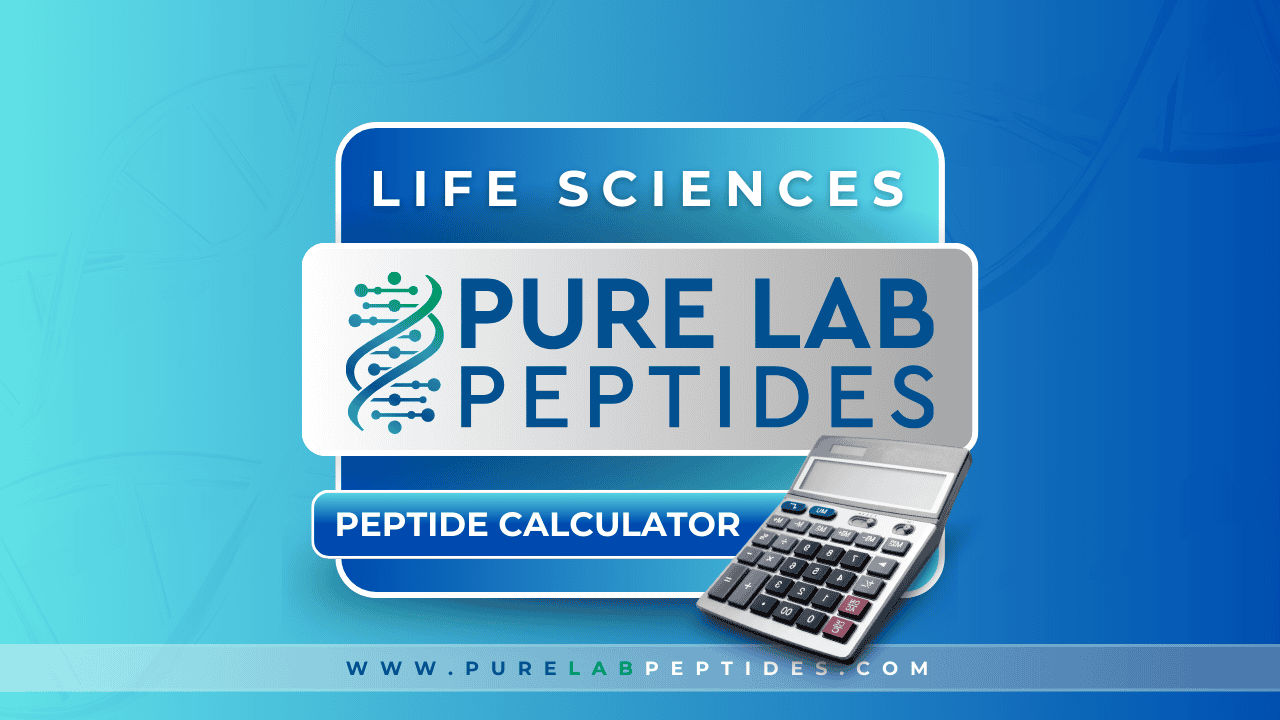
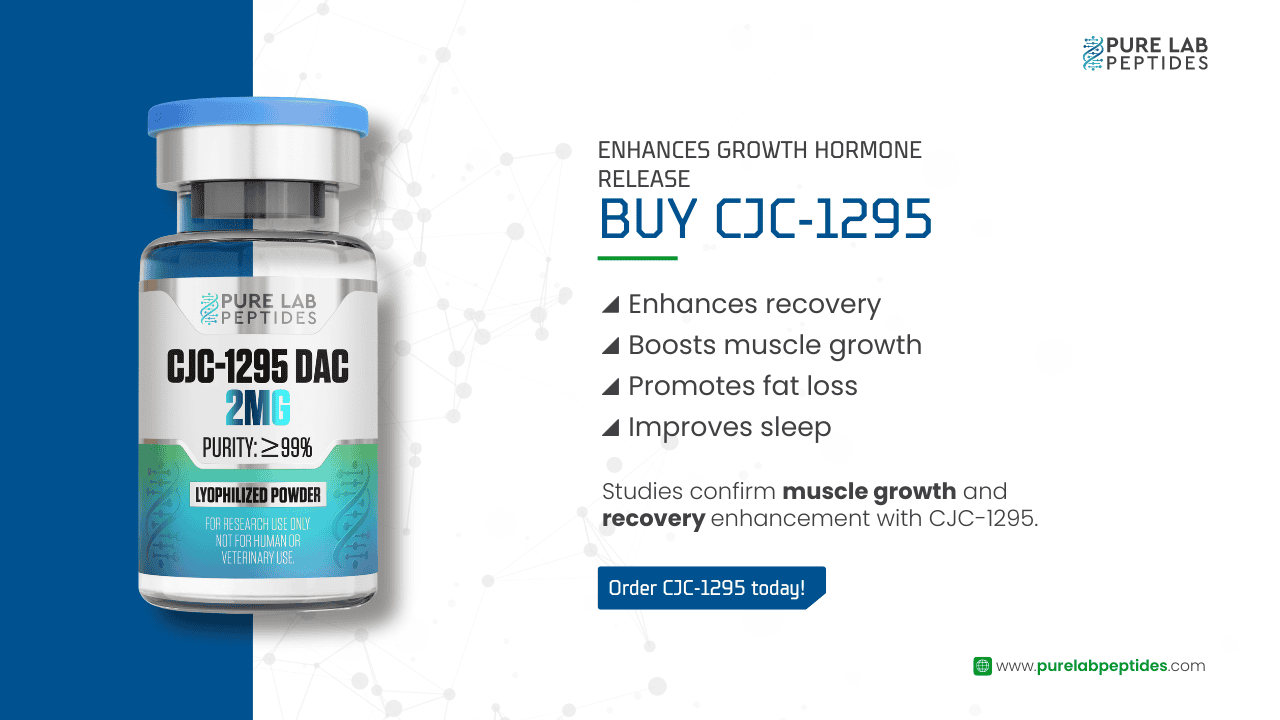
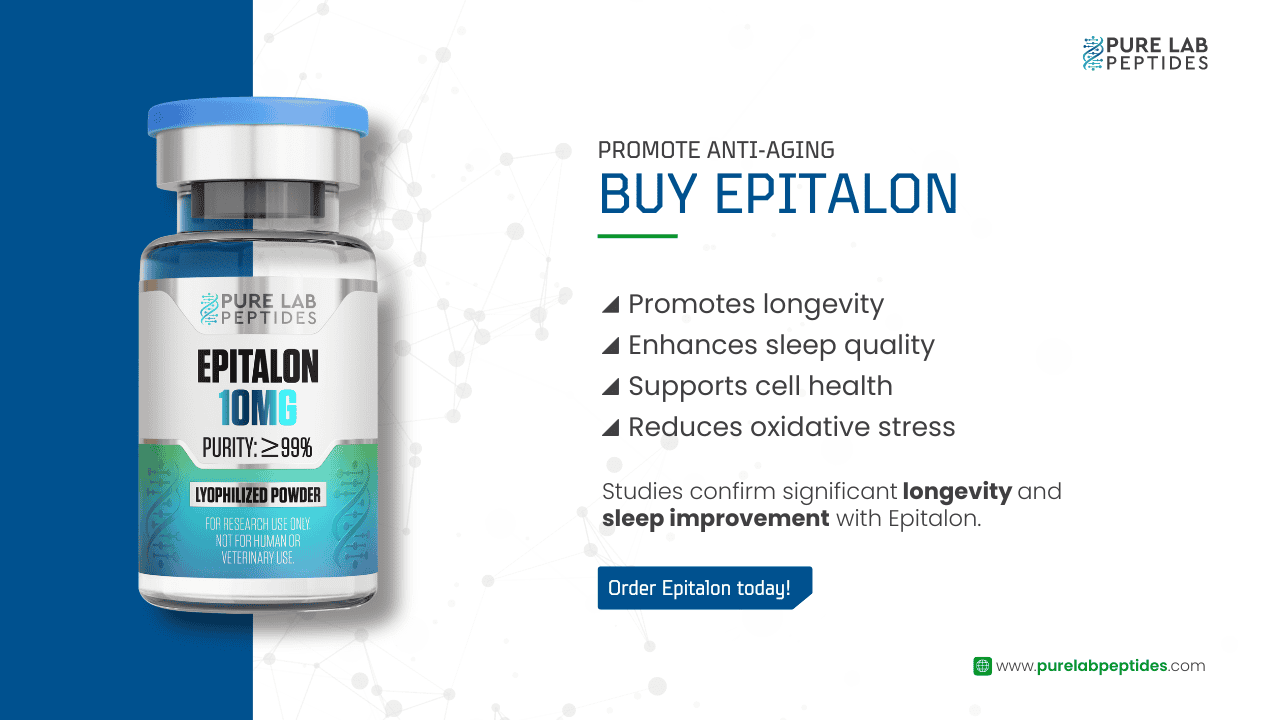
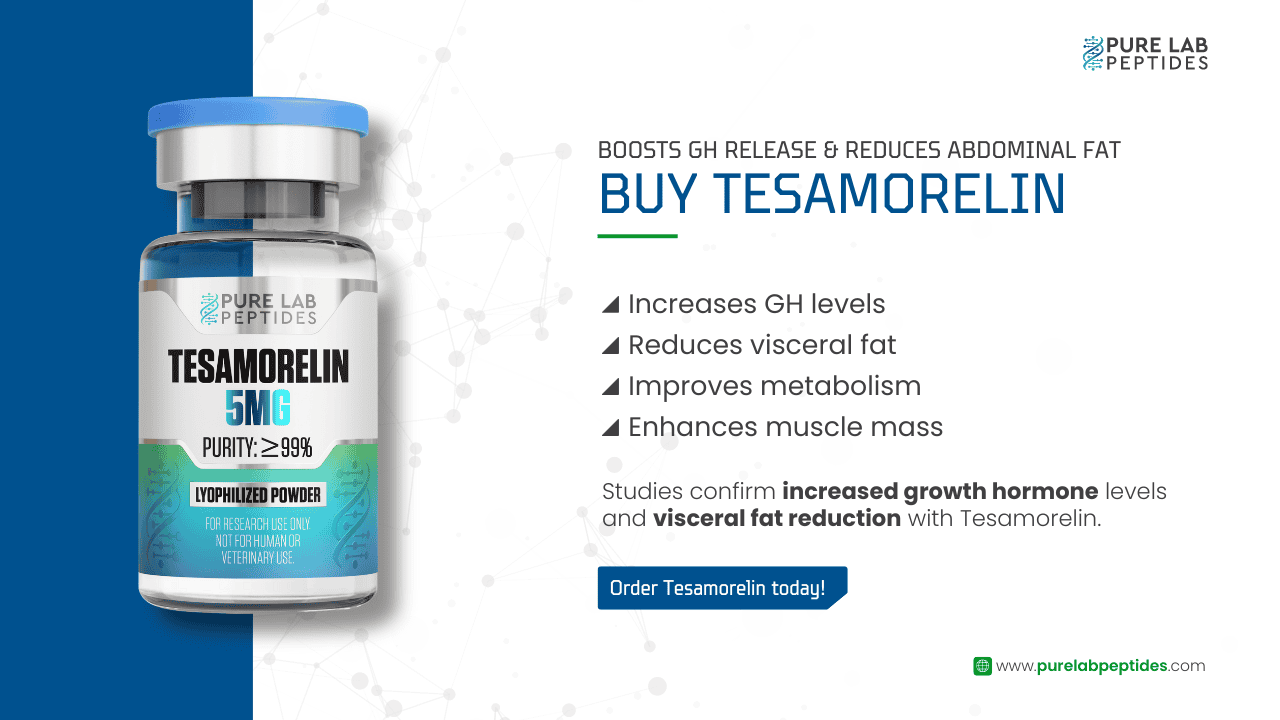
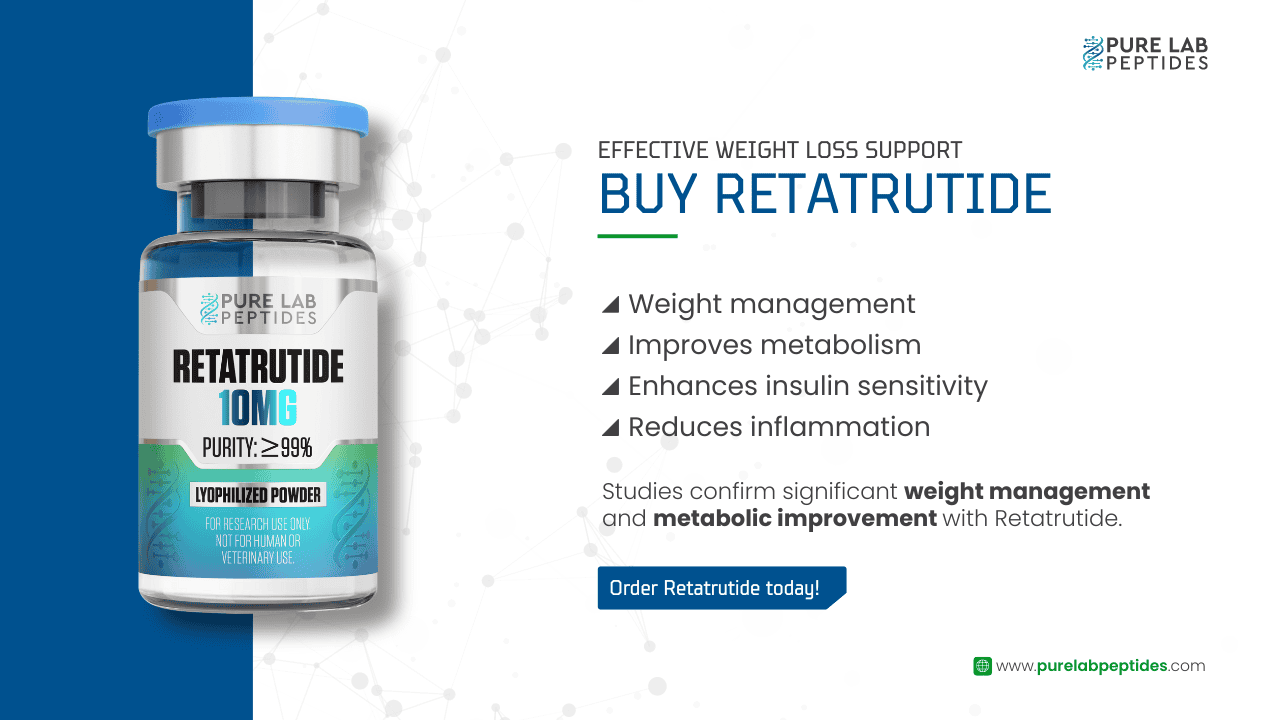
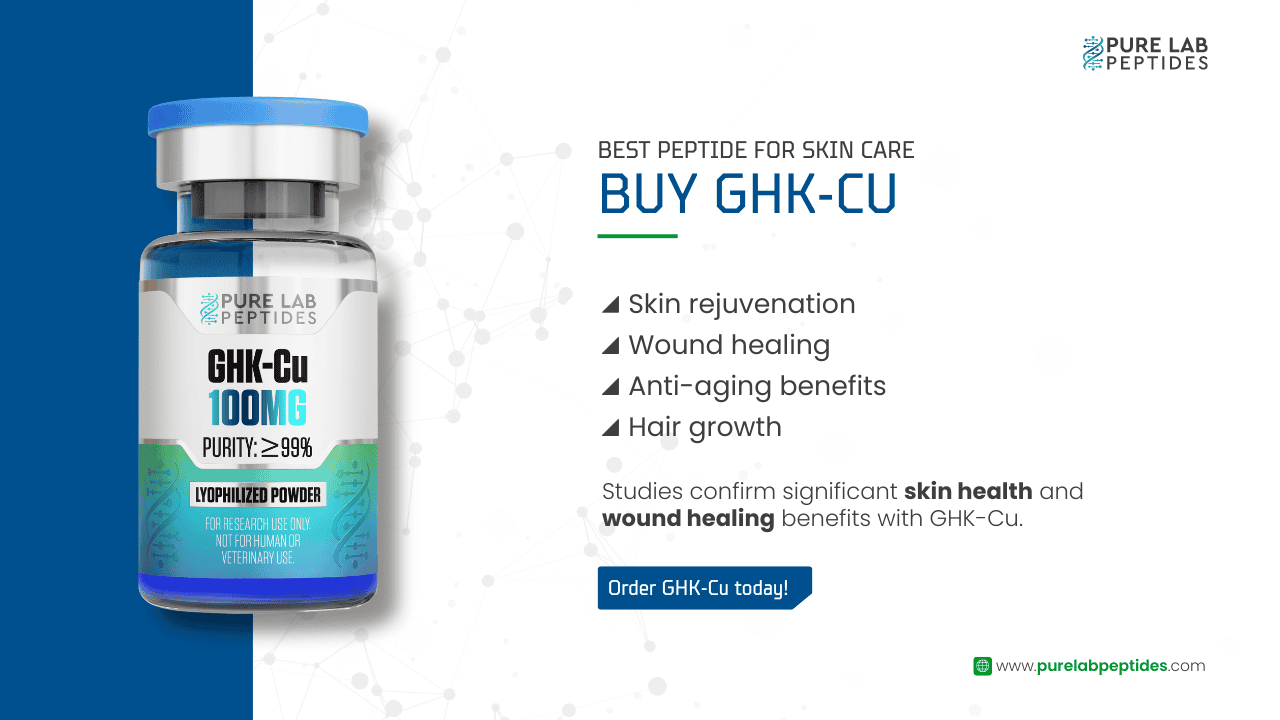
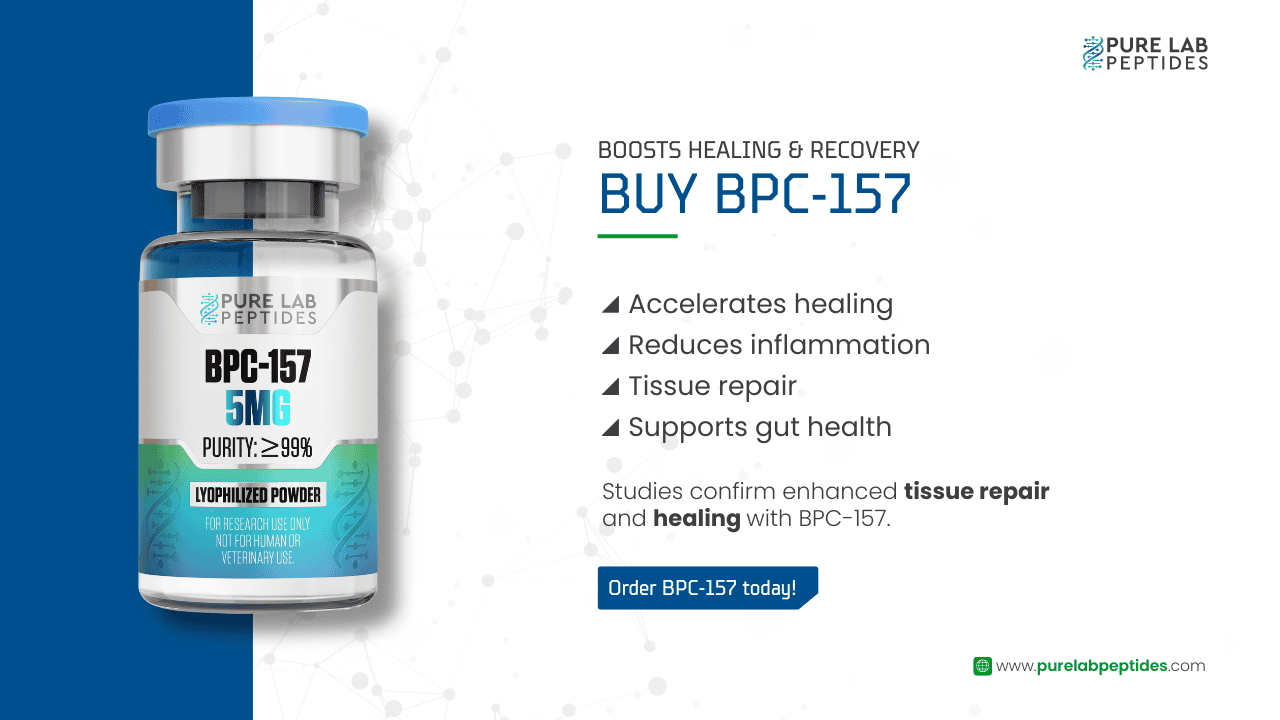

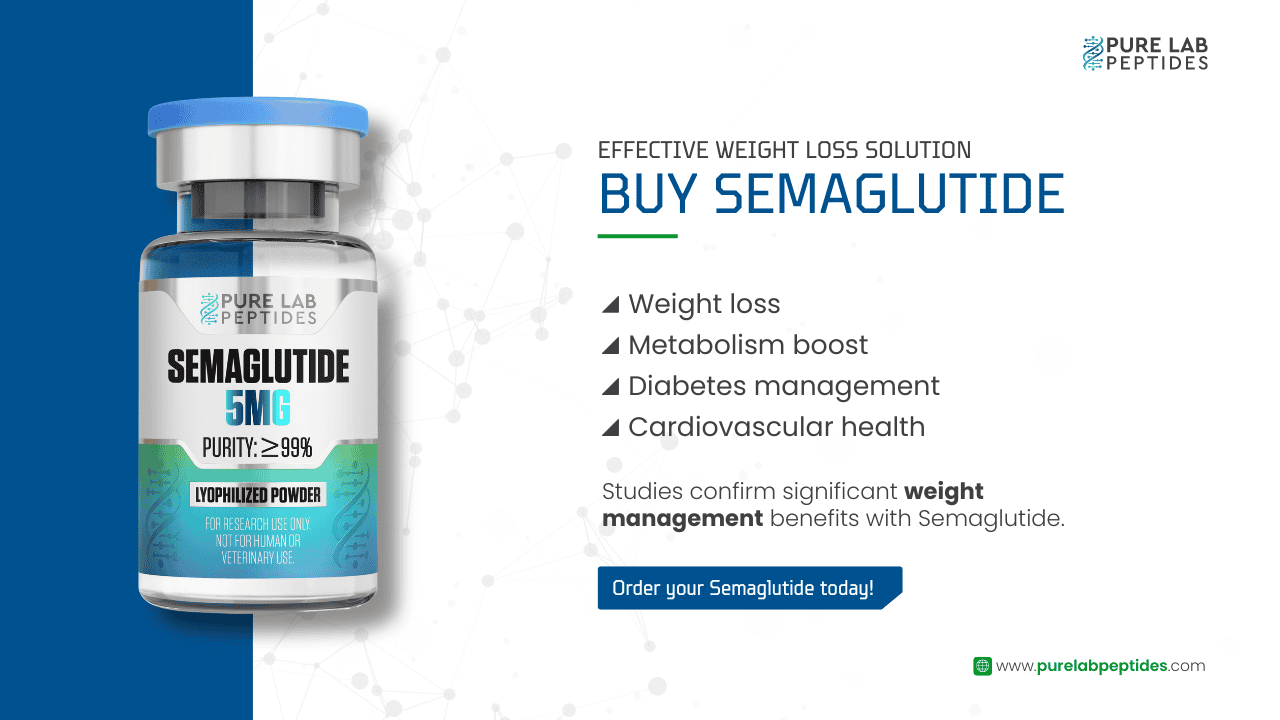
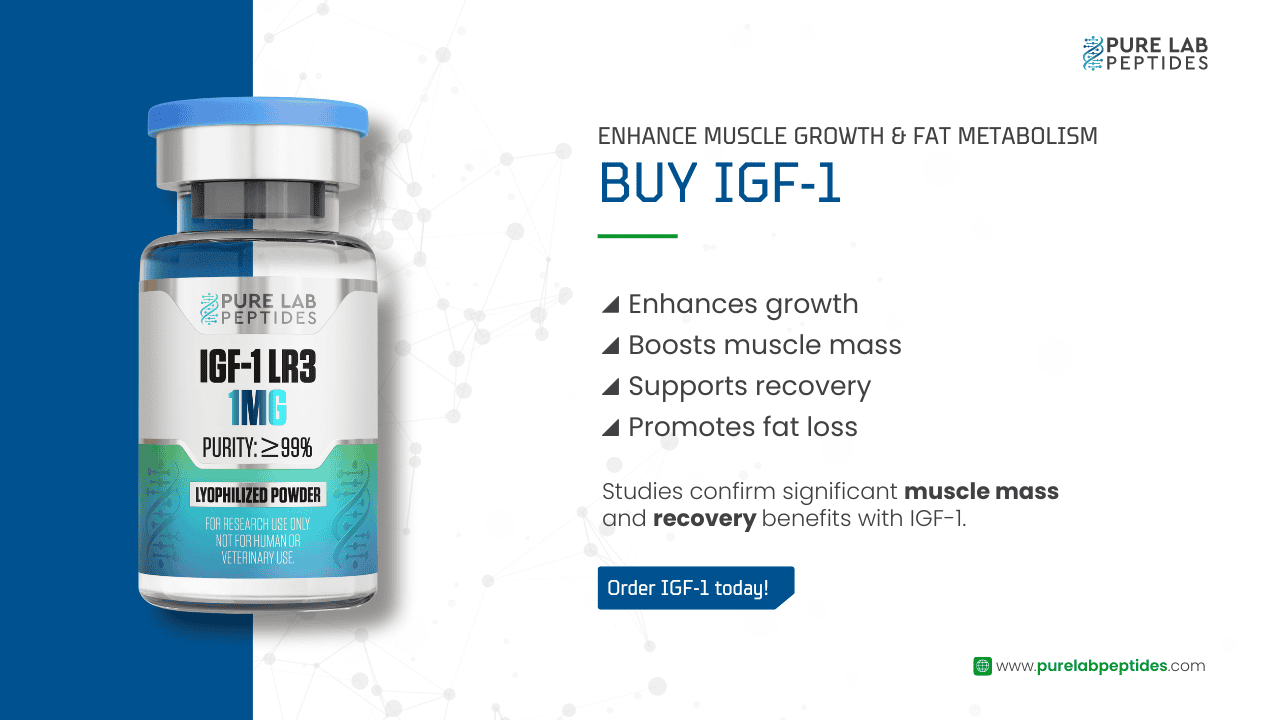
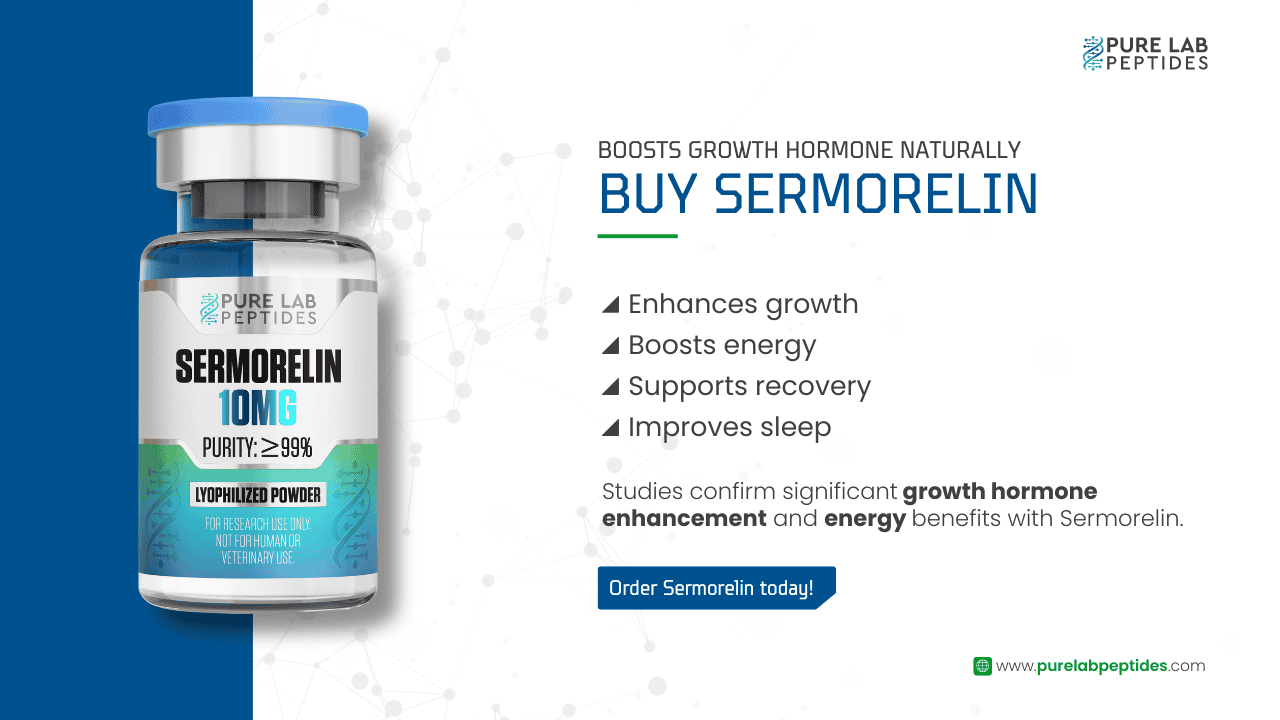
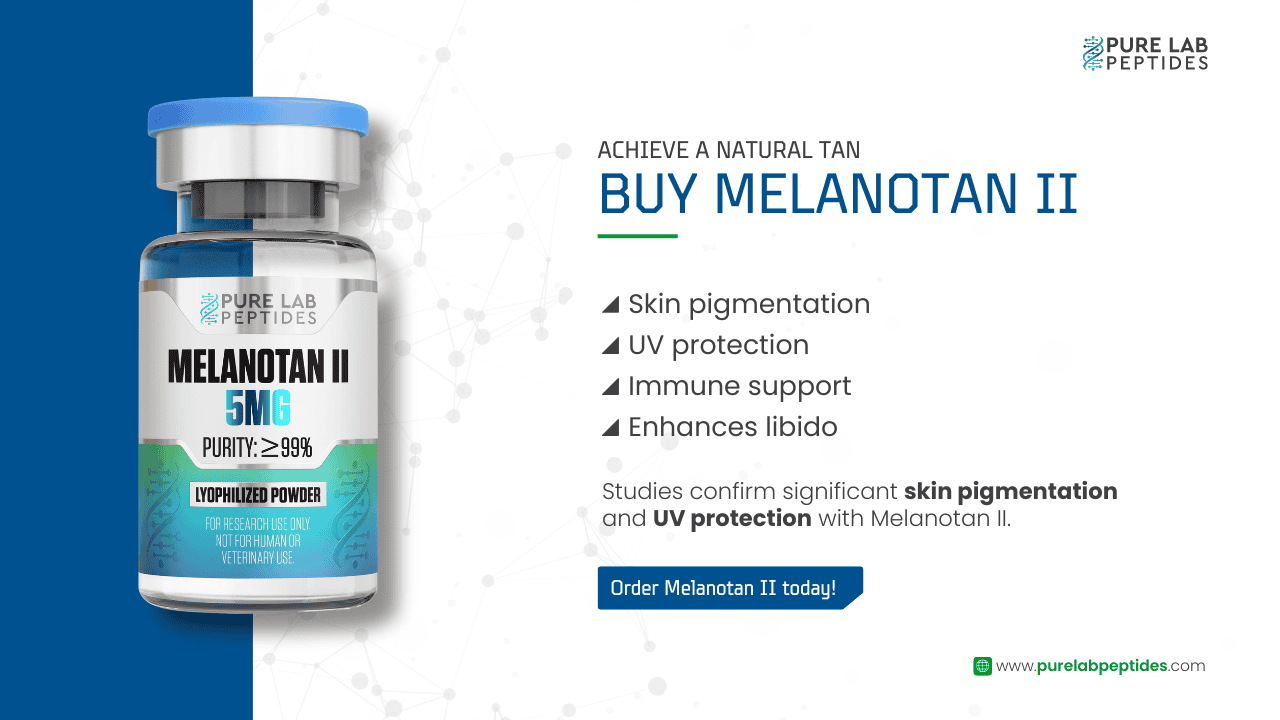
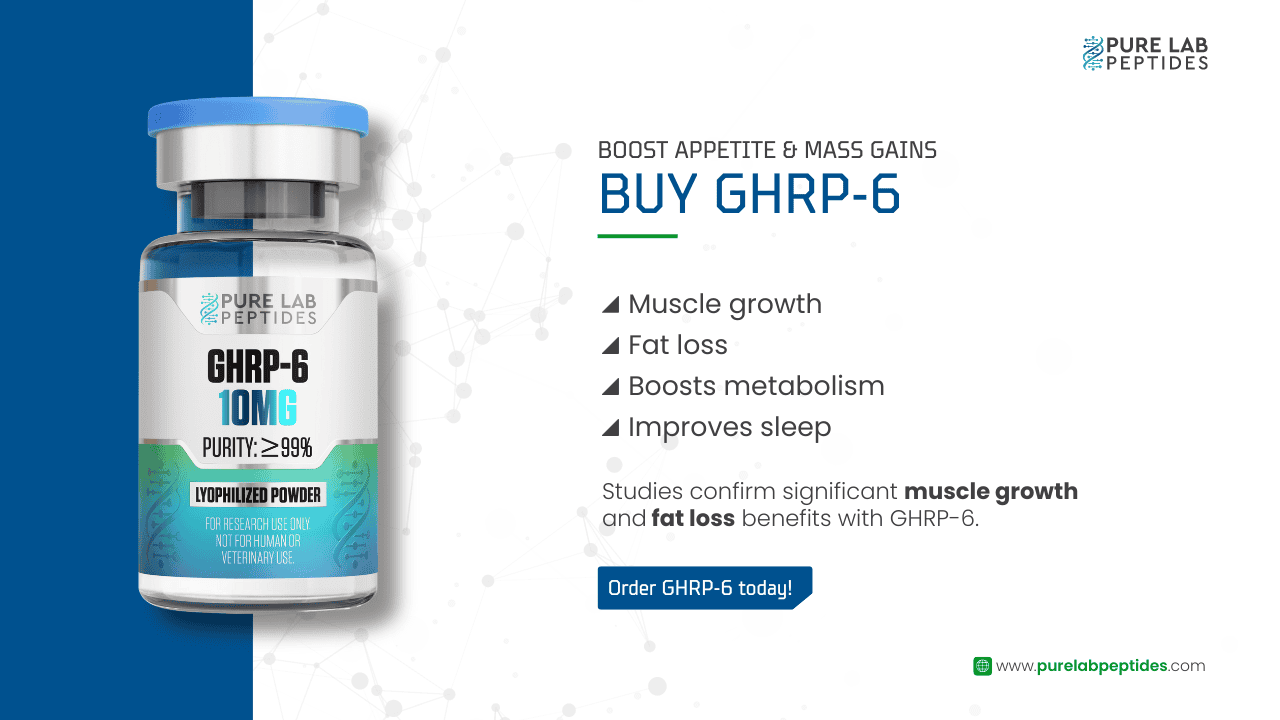
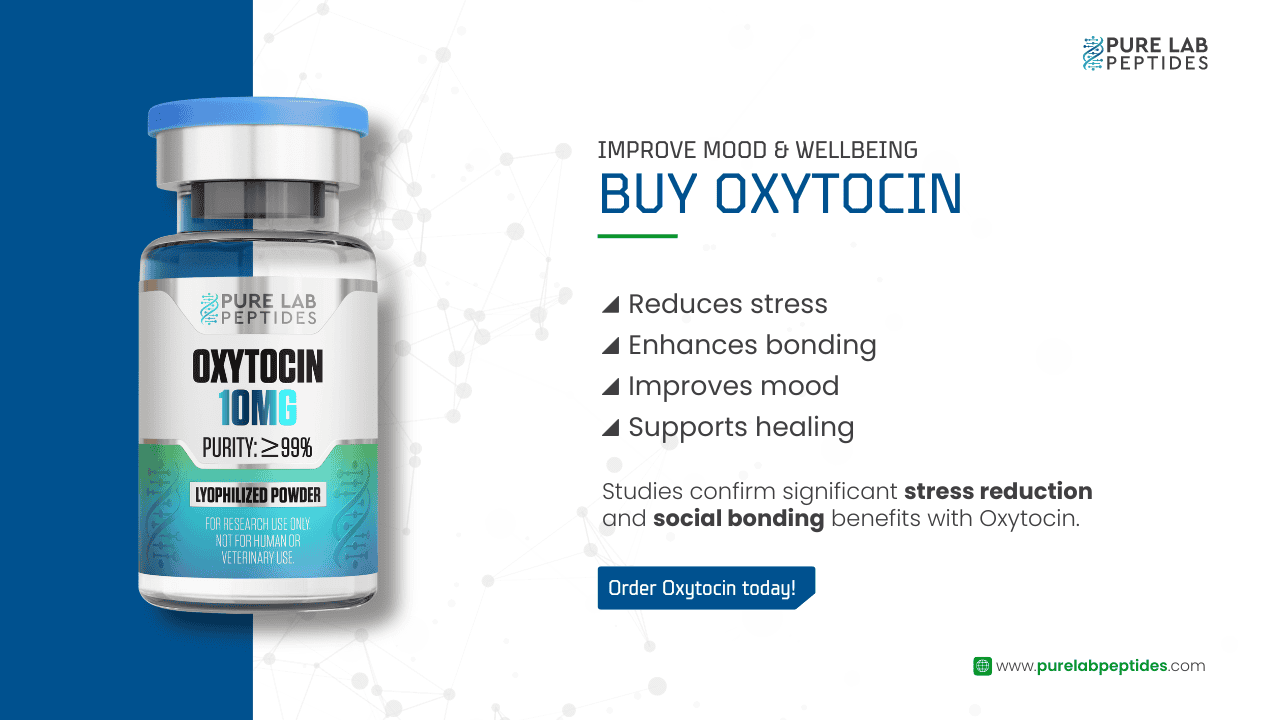
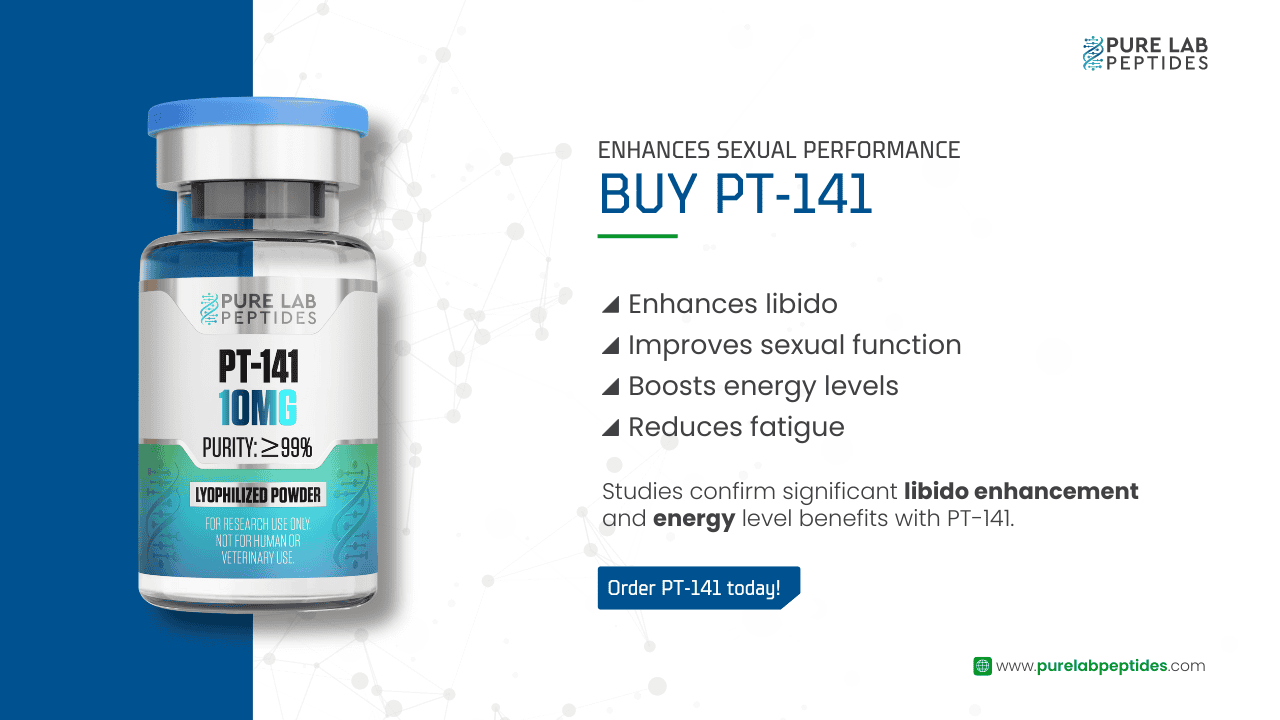
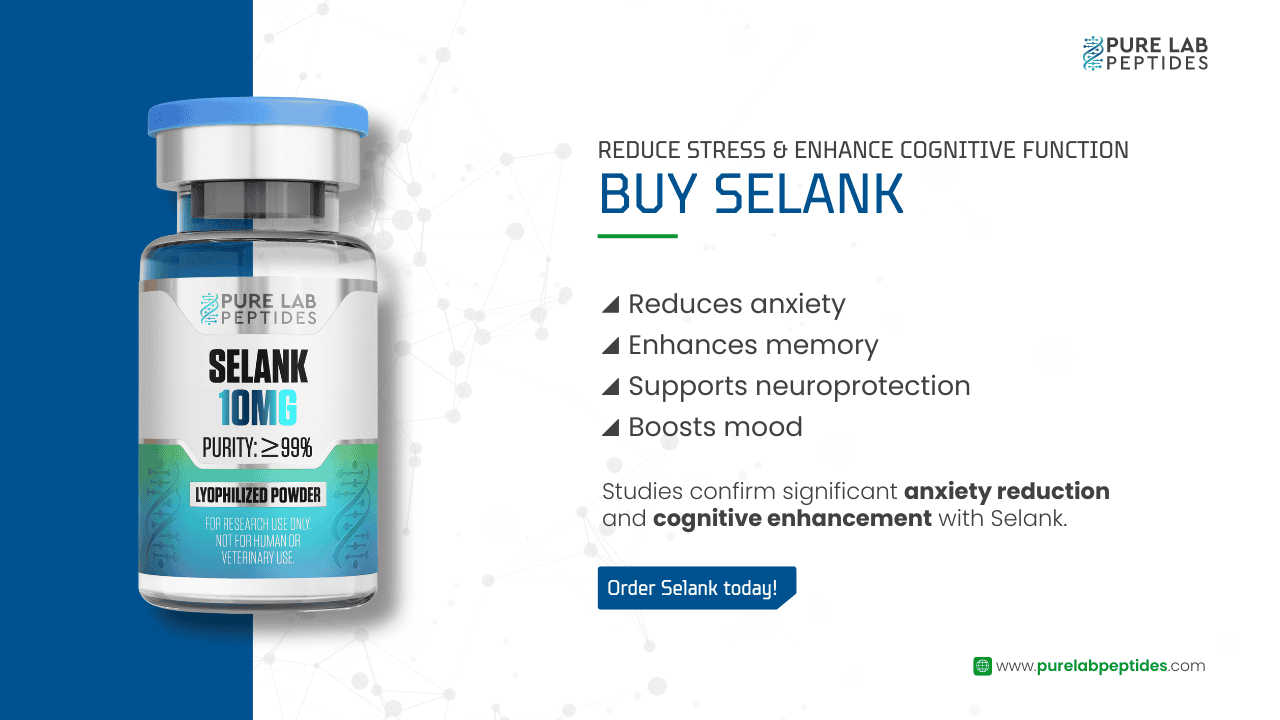
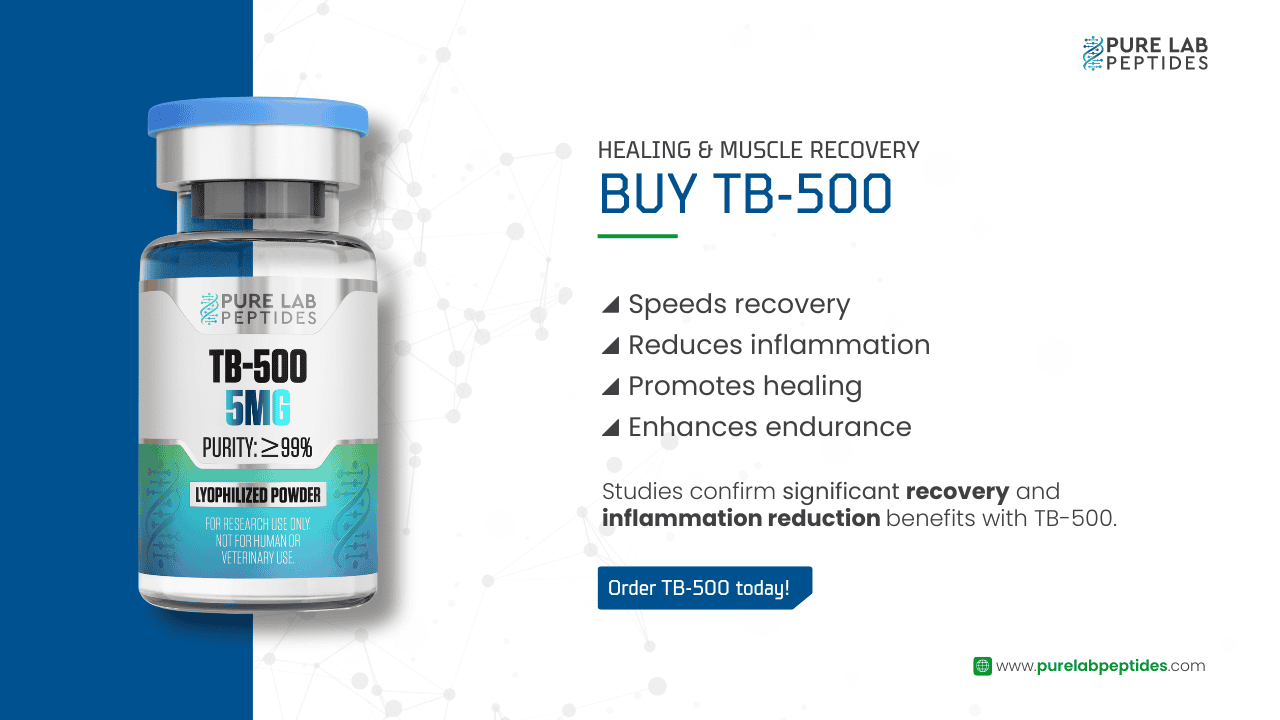
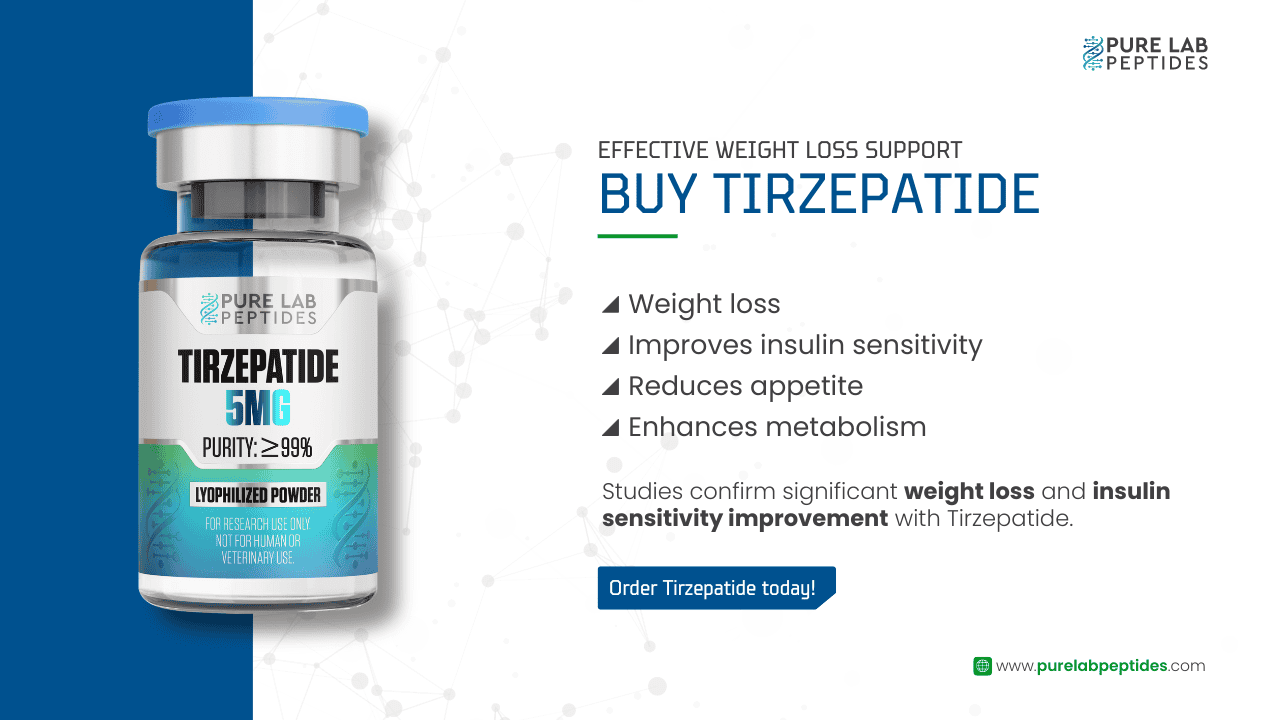
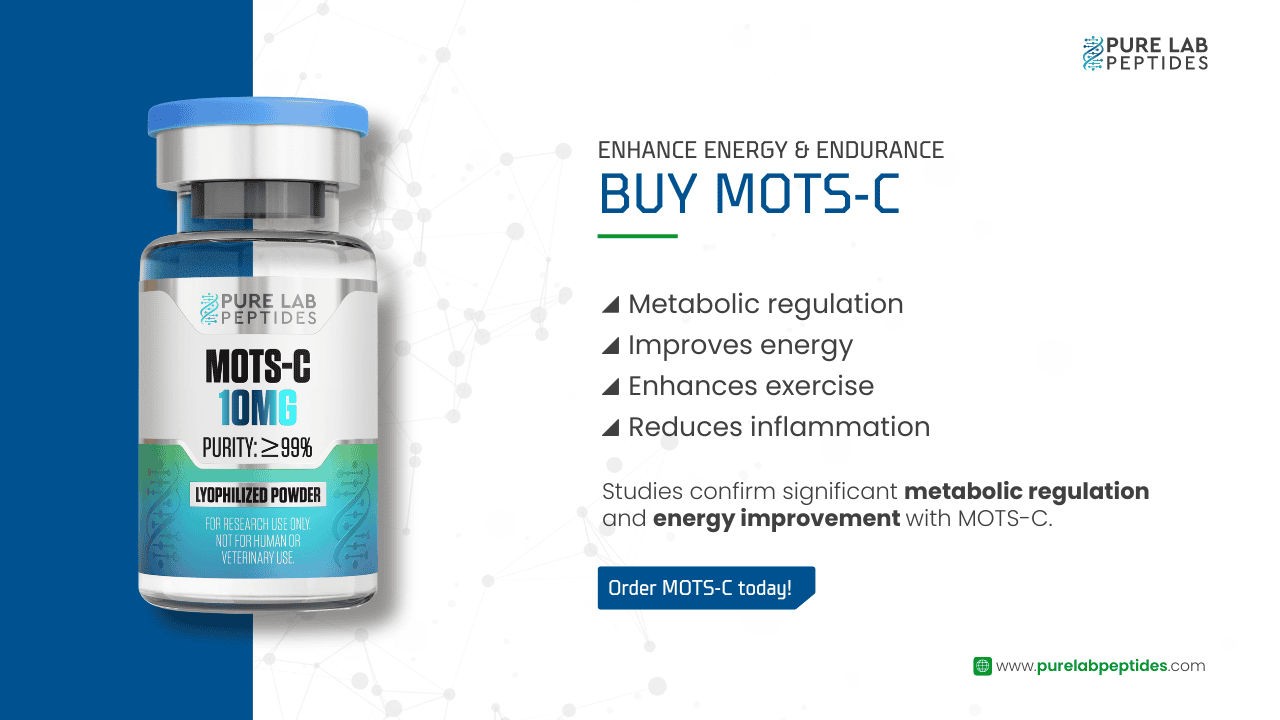
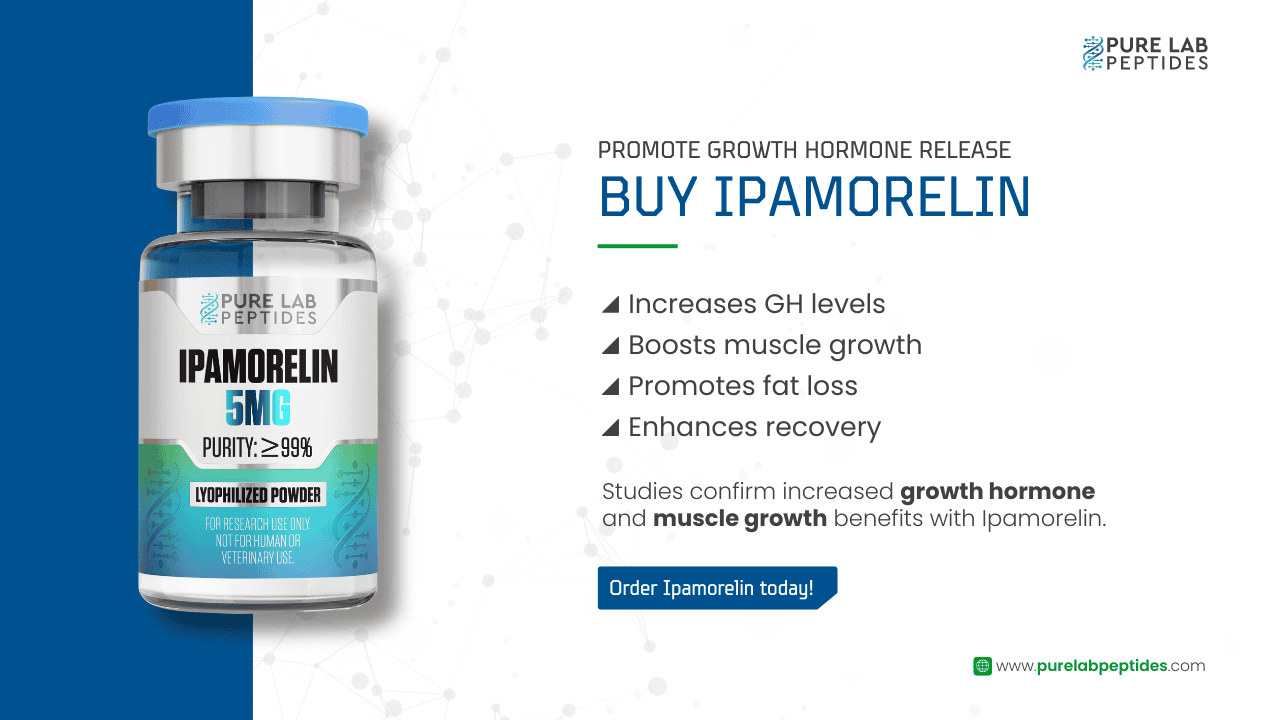
Our team is ready to assist you with any inquiries regarding our catalogue of peptides and their applications.
Discount Applied Successfully!
Your savings have been added to the cart.
There are no reviews yet.